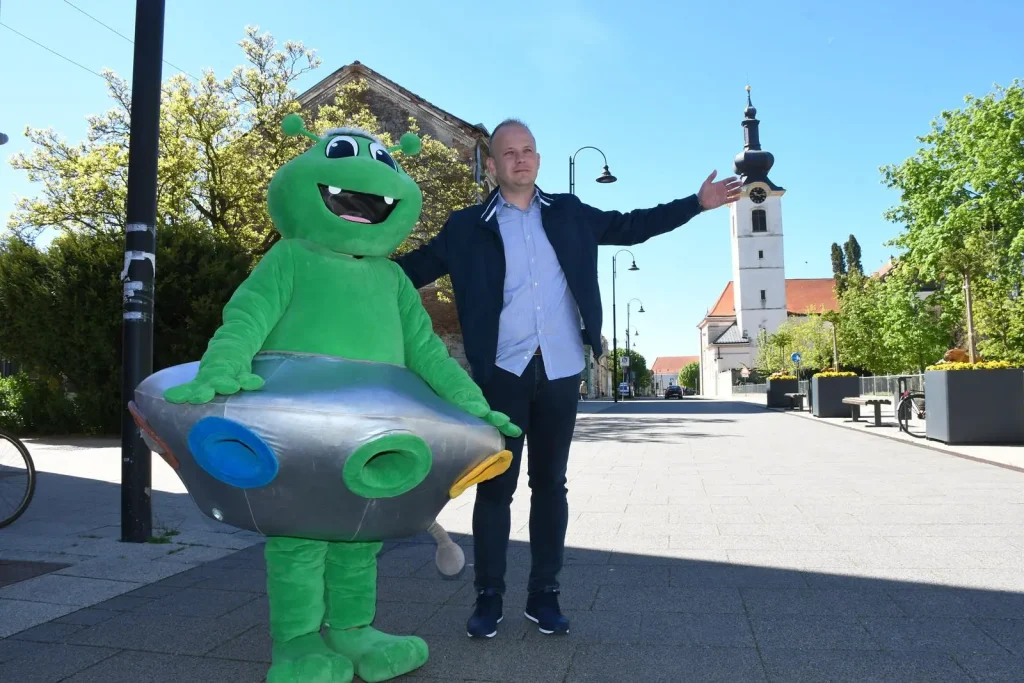As RTL reported, “Every house here has a small composter, and everything is separated. Well, no problem. There are plenty of containers, there are recycling yards. You just need education and discipline,” said Ksenija from Koprivnica.
“Did you know that Koprivnica is in the top 5 cities for waste separation? – I didn’t. – You didn’t know? – No. – Do you separate waste? – Yes. We are well trained here, paper one bin, plastic other, food in the third…” said Zlatica from Koprivnica.
If you thought that Koprivnica could only boast of Vegeta or Pajo Kanizaj – you were wrong. Eighteen years. For so long, have they known where paper, metal, and plastic go. They are our Switzerland; they separate waste better than the Parisians. They are better than Zagreb and Split. They are number two in waste separation in Croatia. Fifty-five percent was their performance for last year. They separate 170 kilograms of waste per resident. That’s half a kilo every day. They promise that this year the stats will be even better.
Here is what they say about the people of Zagreb:
“Of course, it all makes sense, but people need to get used to it. It seems revolutionary to them now, maybe it came too suddenly, but people will get used to it. If the city insists,” commented Alojz Balog. Because in Koprivnica, they did insist. You put plastic in paper, cans in mixed recycling, or cooked food in organic waste. It doesn’t matter – instead of a fine, they’ll leave a note on the bin. “If people often make mistakes, let’s leave a message, let’s warn them. There aren’t many problems with separation. Sometimes they put a tetrapak in paper when it should go in plastic, so we leave a note of that,” said Hrvoje Kuzmic, a worker at Komunalac.
They have boxes, underground tanks, overhead bins, recycling yards, and disposal sites for cooking oil; everything is possible in Koprivnica. And while in Zagreb, there are blue, brown, and yellow bags, there are none in Koprivnica.
“With mixed recycling, we immediately started with bins; for the rest, we started with bags, but then we decided not to create additional waste because it doesn’t make sense, and now we have bins for all four types of waste,” said the director of the waste management sector, Saša Grubacevic. This means that if you get a bin annually, you pay HRK 74 for the 120-litre one, which includes one removal per month.
As for biowaste – they make compost from it, which they use to fertilise gardens, fields, and flowers in the city. And while in natural conditions, the process would take months, in Koprivnica, they produce organic fertiliser in eight weeks. And everyone wants to buy Koprivnica’s fertiliser – from Zagreb to Zadar.
“We make first-class compost with the bio-waste we collect at the doorstep. It is further used in agriculture. People can buy it here; they can get some for free sometimes,” said Grubacevic.
It wasn’t easy at first. But they learned quickly. Now everyone, from kids in kindergarten and the elderly in nursing homes, knows how to separate. They manage their waste so well that the Brazilian embassy asked for advice. “We are Podravci. We have learned to deal with all issues,” says Balog.
For more, make sure to check out our dedicated Lifestyle section.









